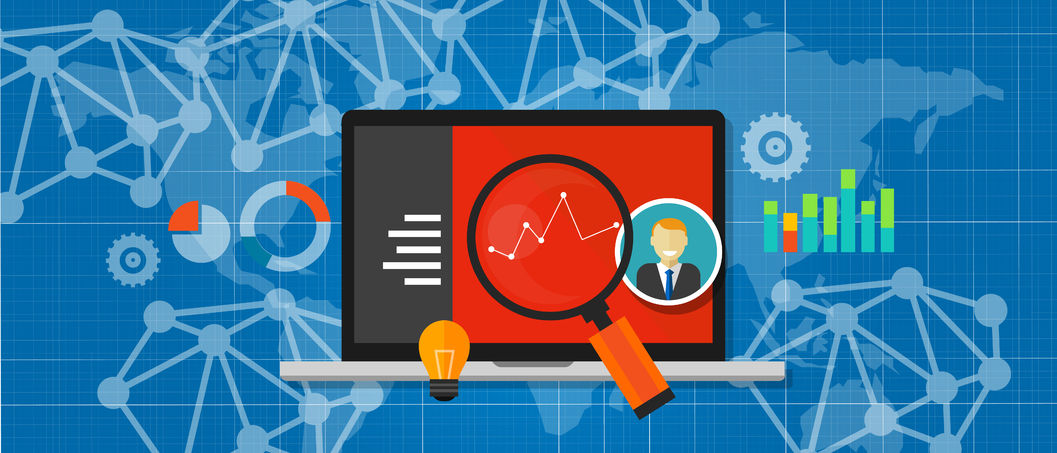rDNS explained in detail
Have you ever heard of rDNS? It may not be as well-known as its opposite, forward DNS, but in...
MAC Address: Everything You Need to Know
A MAC address is a unique identifier assigned to every device that connects to a network. Whether you’re using a smartphone, laptop,...
What is a Secondary DNS server?
Having a Secondary DNS server is crucial for website owners who want to ensure uptime and minimize downtime, as it provides extra...
UDP (User Datagram Protocol) explained in details
UDP (User Datagram Protocol) is one of the well-known protocols in network communications. Thanks...
Monitoring your DNS, should you do it?
DNS Monitoring can serve you and help you detect unwanted issues. As you probably know, the Internet would not function in such an easy and...
DNS Hijacking: What It Is and How to Protect Yourself
DNS hijacking is a malicious cyber attack that can have serious consequences, such as stealing your personal data or redirecting you to...
Firewall Monitor Explained: Enhancing Network Protection
In network security, Firewall Monitor serves as a crucial guardian, creating a protective shield...
The Crucial Role of SSL Certificate Monitoring in Ensuring Cybersecurity
SSL certificate monitoring is like a guardian that keeps our online interactions safe and secure. SSL certificates play a crucial role in...
Neighbor Discovery Protocol (NDP): A Beginner’s Overview
The Neighbor Discovery Protocol (NDP) is a fundamental part of modern networks, enabling smooth communication between devices in an IPv6...
IPsec Explained: What It Is and How It Works
Welcome to the world of IPsec! In today’s digital age, protecting sensitive information from...










